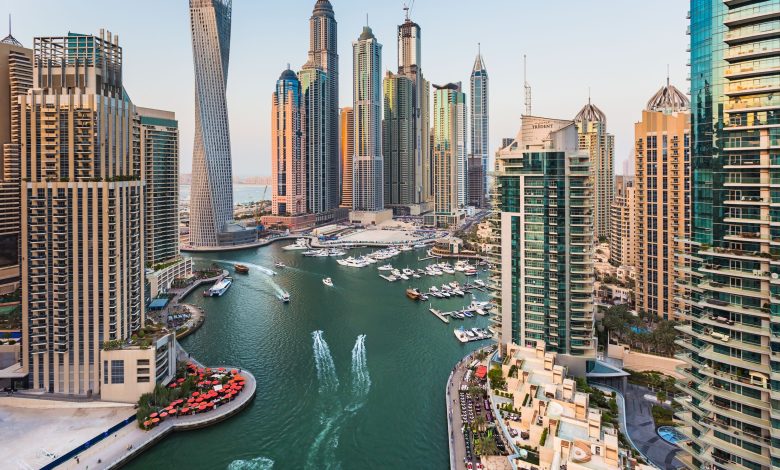The World’s Most Beautiful Cities: A Visual and Cultural Feast

Traveling allows us to explore new horizons, immerse ourselves in diverse cultures, and witness the unique beauty of different cities around the globe. Each city holds its charm and aesthetic appeal, making it a difficult task to narrow down the list to the most beautiful cities in the world. However, some cities stand out for their stunning architecture, vibrant culture, and breathtaking landscapes. Here’s a journey through some of the most visually appealing cities across our planet.
1. Paris, France
Often dubbed the “City of Love” and “City of Art,” Paris is renowned for its architectural grandeur and romantic ambiance. The cityscape mixes old-world charm with a modern bustle. Iconic landmarks like the Eiffel Tower, the Louvre, and Notre-Dame Cathedral not only define its skyline but also its identity as a hub of art, fashion, and gastronomy.
2. Kyoto, Japan
Kyoto, the heart of Japan’s geisha culture, is a picturesque testament to Japanese tradition with its classical Buddhist temples, as well as gardens, imperial palaces, Shinto shrines, and traditional wooden houses. It is particularly stunning in spring during the cherry blossom season and in fall when the leaves turn fiery red.
3. Venice, Italy
Venice is like no other city in the world, built on a lagoon surrounded by the Adriatic Sea. This floating city consists of a series of islands connected by hundreds of bridges and navigated by canals, most notably the Grand Canal, lined with Renaissance and Gothic palaces. The city’s atmospheric streets and historic architecture give it a surreal charm that can feel both intimate and overwhelming.
4. Cape Town, South Africa
Nestled between the sea and Table Mountain, Cape Town boasts a stunning natural setting, vibrant cultural scene, and remarkable history. The views from the top of Table Mountain are breathtaking, overlooking the city’s scenic points such as Robben Island, the Victoria & Alfred Waterfront, and its famed beaches.
5. Istanbul, Turkey
Straddling two continents, Istanbul captures a cultural richness few cities can match. It’s a city where you can find ancient mosques, churches, and markets coexisting with modern restaurants, galleries, and nightclubs. The historic charm of the Sultanahmet district, the opulence of the Topkapi Palace, and the iconic Hagia Sophia showcase the city’s dynamic history and beautiful chaos.
6. Prague, Czech Republic
Known as the “City of a Hundred Spires,” Prague is as picturesque as it is historic. Gothic and Baroque architectures dominate the cityscape. The Prague Castle, Charles Bridge, and the Old Town Square with its Astronomical Clock offer a step back in time with their beautifully preserved medieval structures.
7. Rio de Janeiro, Brazil
Rio de Janeiro is a dazzling city with its dramatic mountainous backdrop, famous beaches like Copacabana and Ipanema, and the vibrant annual Carnival. The iconic Christ the Redeemer statue watches over the city, symbolizing Rio’s warm, welcoming culture.
8. Sydney, Australia
Sydney is not just beautiful for its strategic position by the water but also for its iconic landmarks like the Sydney Opera House and the Harbour Bridge. The city’s beaches, vibrant arts scene, and verdant parks add layers to its allure, making it a top destination for travelers seeking both adventure and relaxation.
9. Barcelona, Spain
Antoni Gaudí’s architectural masterpieces define Barcelona’s aesthetic, making it a unique European city. The Sagrada Família, Park Güell, and Casa Batlló stand out with their whimsical designs. The city’s vibrant street life, beaches, and marketplaces like La Boqueria enhance its beauty and make it a cultural feast for the senses.
10. San Francisco, USA
San Francisco is a city of varied landscapes and iconic structures, with the Golden Gate Bridge standing as a brilliant architectural feat. The hilly streets offer panoramic views of the Bay, while areas like the Mission District and Fisherman’s Wharf provide cultural and culinary delights.
Urban Planning and Natural Harmony
One of the remarkable aspects of these beautiful cities is how they blend meticulous urban planning with natural elements. For instance, cities like Cape Town and Rio de Janeiro showcase dramatic natural landscapes that are integrally connected to urban life. In these cities, mountainous backdrops and ocean vistas are complemented by well-thought-out city spaces that balance nature and urbanity, creating harmonious living environments.
Architectural Significance
Architecture plays a pivotal role in defining the aesthetic and cultural significance of a city. From the historical layers of Istanbul’s architectural evolution to the avant-garde designs of Barcelona’s modernist landmarks, each city tells a story through its buildings. In places like Prague and Paris, architecture acts as a repository of history, showcasing styles from Gothic to Baroque to Neoclassical, each adding to a rich urban tapestry that attracts millions of tourists annually.
Cultural Immersion
The essence of a city’s beauty often lies in its cultural offerings. Whether it’s through the art-laden streets of Paris, the vibrant markets of Istanbul, or the carnival spirit of Rio de Janeiro, these cities offer a deep dive into the local traditions and lifestyles. Cultural festivals, local cuisine, music, and art scenes are not just attractions but are pillars that uphold the city’s day-to-day life, inviting visitors to not just see but participate.
Sustainable Tourism
As travel becomes more accessible, these cities face the challenge of managing tourism sustainably to preserve their beauty and cultural integrity. Responsible travel initiatives are becoming crucial in ensuring that these urban beauties retain their charm without succumbing to the pressures of over-tourism. Efforts to promote off-peak tourism, ecological conservation, and community-based initiatives help maintain the allure of these destinations.
Conclusion
The most beautiful cities in the world offer more than just picturesque sites; they are centers of cultural richness, architectural marvels, and vibrant community life. They challenge visitors to look beyond the conventional attractions and engage with the city in a more meaningful way. By respecting their histories, engaging with their present, and considering their future, we can appreciate these cities as more than just travel destinations—they are living, breathing entities with stories to tell and experiences to offer.




